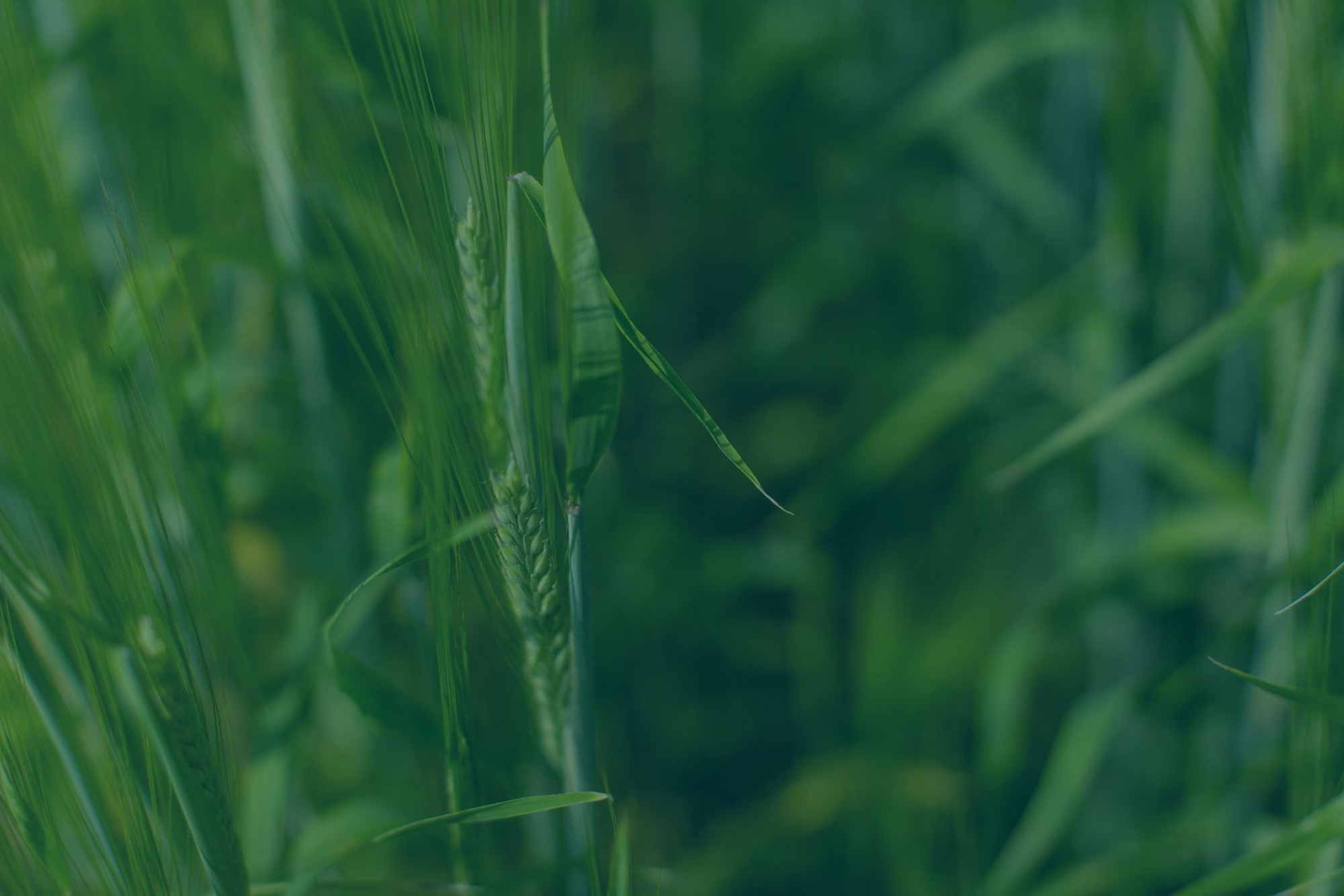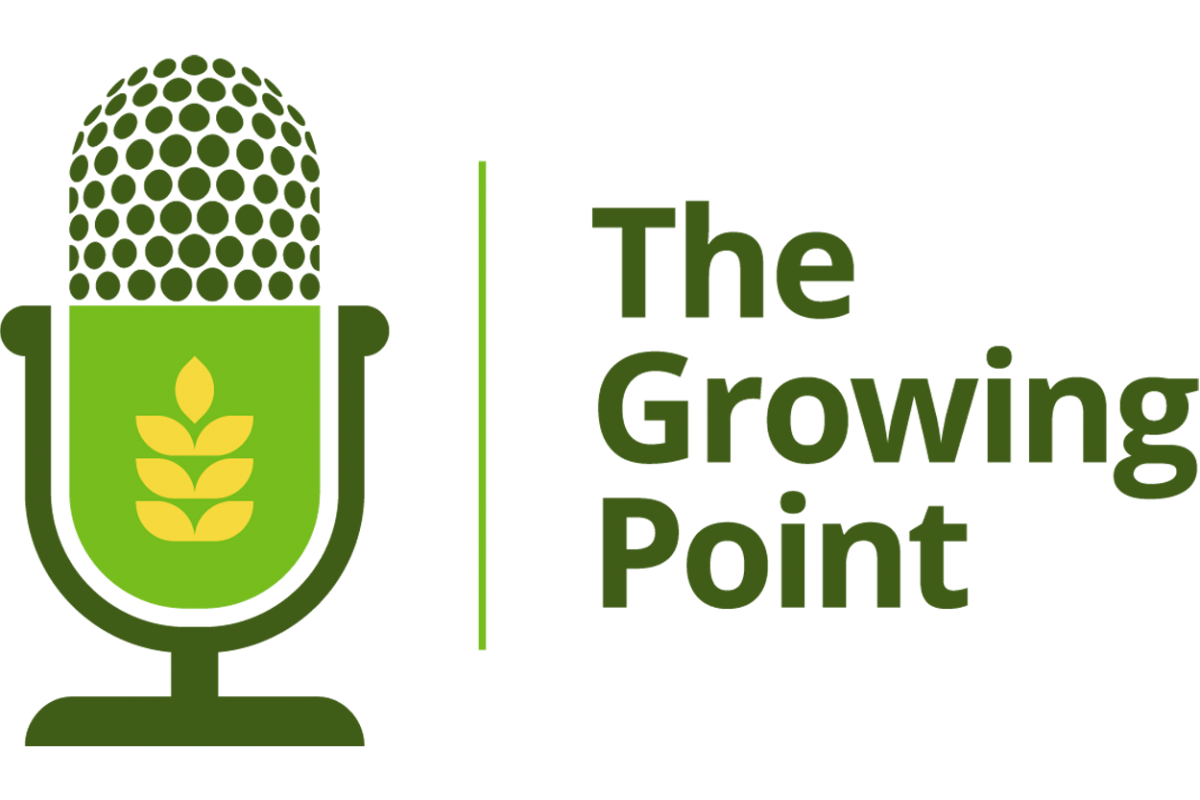A fiscal look at seeding rate and germ for cereals
We all want to produce a crop that has 100% of its full yield potential right from the start. Getting the seed into the ground at the proper seeding rate is just one way to ensure this happens.
An estimation of germination set at 90% is usually “good enough” for the average well-cleaned seed lot, but a year like last year can throw all of that out the window. Frost damage has played havoc with the seed harvested from 2018 resulting in seed with less than 85% germ in many cases and yet a healthy seed size. Seeding rate is the culprit most often overlooked at seeding time. More than just seed size, it is the bulk or weight of a thousand kernels (TKW), which does not estimate very well. There have been wide swings with TKW this year for some varieties, ranging from as small as 25 grams TKW with good germ, to well above at 50 grams TKW but with poor germ. TKW is an easy thing to calculate and together with the “per cent germ” it can make all the difference in the world to your pocket book! To determine TKW you need to establish the weight of 1000 kernels. Rather than counting and weighing 1000 kernels, instead count 200 kernels, weigh them as a group, and multiply that total weight by five (weight of 200 Kernels x 5 = average weight of 1000 Kernels) to get TKW. Any kitchen scale (or purchase a cheap postal scale) that can read +/- half a gram should help you get an accurate TKW value.
Let’s assume hard red spring wheat is $12 per bushel (a conservative estimate not including the cost of seed treatment) and your seed rate works out to 2 bushels per acre. If a person estimates a TKW of 40 grams for their hard red spring wheat – rather than calculating – but in reality, it is 32 grams for TKW (at 350 viable seeds /m2or 28 viable plants / ft2), they’ll end up seeding out 20% more seed which will make the seed run out 20% sooner. That’s a big number. You will not likely realize this until half way across your intended acres to plant, meaning the remainder will be planted at less seed. If you can afford the seed and buy more (assuming more can be obtained), it is $2.40 ($12 x 20%) x 2 bushels per acre, or $4.80 per acre. If you plant 1,000 acres at the wrong seeding rate, then that would cost you $4,800.00 for this hypothetical mistake!
Not only does this mistake hurt your bottom line, but also causes agronomic challenges. Over-seeding equals more plants per foot, which increases the chance of lodging and possibly increases the use of fungicides. Therefore, for not using the proper TKW and a seed calculator (seed calculator is found on many a seed-sales website or http://www.agric.gov.ab.ca/app19/loadSeedRateCalc), you will run short or be out from your original target.
Improper targets of seeding rates often lead to having a thinner crop than you meant to have, leading to more tillers, which leads to a larger window during flowering and causing pests that like a wider window of maturity to flourish (such as Wheat Midge and Fusarium graminearum). A thicker crop from over-seeding runs one into lodging issues and other harvest concerns. Therefore, it is a good practice to determine TKW for all your seed at seeding time and start with 100% of your full potential.

